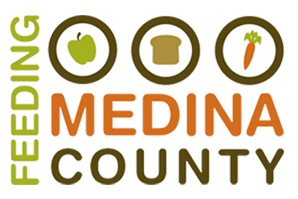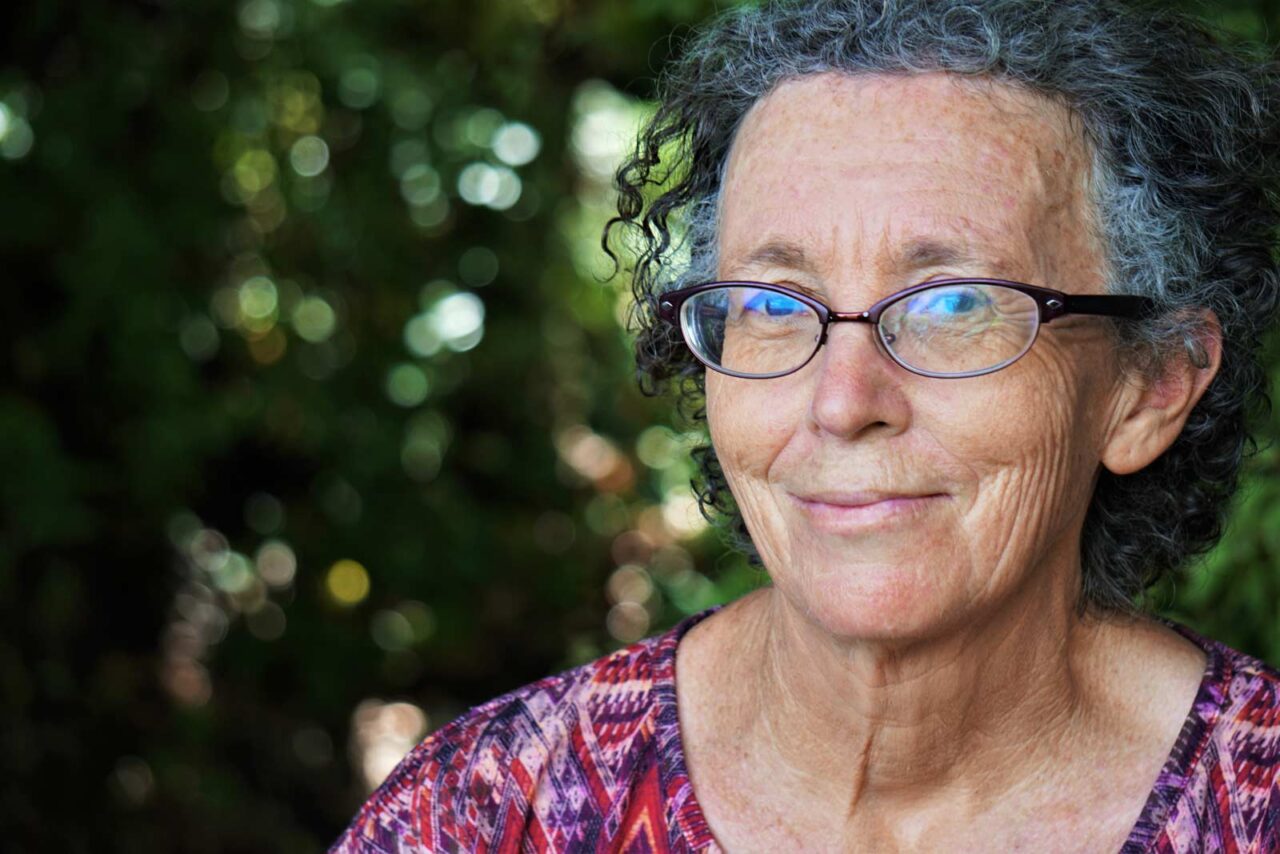Courtesy: NCOA
Over 25 million Americans aged 60+ are economically insecure—living at or below 250% of the federal poverty level (FPL) ($29,425 per year for a single person). These older adults struggle with rising housing and health care bills, inadequate nutrition, lack of access to transportation, diminished savings, and job loss. For older adults who are above the poverty level, one major adverse life event can change today’s realities into tomorrow’s troubles.
Poverty Measures
21% of married Social Security recipients and 43% of single recipients aged 65+ depend on Social Security for 90% or more of their income. (Social Security Administration [SSA], 2016)
More accurate measures of economic well-being—including the Elder Index™ and the Institute on Assets and Social Policy’s Senior Financial Stability Index—show millions of older adults struggling to meet their monthly expenses, even though they’re not considered “poor” because they live above the FPL.
Income & Employment
The 2.1 million older adults on Supplemental Security Income (SSI) receive, on average, just just $435 each month. (SSA, 2016)
On average, older women received about $4,500 less annually in Social Security benefits in 2014 than older men due to lower lifetime earnings, time taken off for caregiving, occupational segregation into lower wage work, and other issues. Older women of color fare even worse. (SSA, 2015)
Nearly half a million older adults aged 55-64, and 168,000 aged 65+ who wanted to work were unemployed 27 weeks or longer in 2014. (Bureau of Labor Statistics [BLS], 2015)
Older workers of color are most at risk for unemployment, with older African American men twice as likely to be unemployed as older white men. (BLS)
Debt & Savings
One-third of senior households has no money left over each month or is in debt after meeting essential expenses. (Institute on Assets and Social Policy)
In 2013, 61.3% of households headed by an adult aged 60+ had some form of debt. Among senior households with debt, the median total debt was $40,900. (Federal Reserve Board)
Health & Nutrition
In 2015, 2.9 million households with a senior aged 65+ experienced food insecurity. (USDA Economic Research Service)
3 out of 5 older adults (age 60+) who are eligible for the Supplemental Nutrition Assistance Program (formerly Food Stamps) are not enrolled. (USDA Food and Nutrition Service)
Housing
In 2013, 33.8% of senior households owed money on a mortgage, home equity line of credit, or both. (Survey of Consumer Finances)
Approximately 3.5 million older homeowners are underwater on their loans and have no home equity. (Trawinski & AARP, 2012)
NCOA’s Role
NCOA offers several programs and products that provide hope for economically insecure older adults.
Economic Security Initiative
NCOA’s Economic Security Initiative offers innovative programs in 20 communities to help economically disadvantaged older adults cut through red tape and create a plan to build their own economic stability and security.
EconomicCheckUp®
NCOA’s EconomicCheckUp® is the nation’s most comprehensive, free online service to help older adults improve their economic security. The site helps older adults find work, cut spending, reduce debt, and use their home equity.
Reverse Mortgage Counseling
NCOA has partnered with GreenPath Financial Wellness–a nonprofit financial wellness organization approved by the U.S. Department of Housing & Urban Development (HUD) to do housing counseling–to offer reverse mortgage counseling to older homeowners.
Center for Benefits Access
NCOA’s Center for Benefits Access helps community-based organizations find and enroll seniors and younger adults with disabilities with limited means into benefits programs for which they are eligible, so they can remain healthy, secure, and independent. The center develops and shares tools, resources, best practices, and strategies for benefits outreach and enrollment.
Senior Community Service Employment Program (SCSEP)
NCOA manages 27 Senior Community Service Employment Program (SCSEP) offices under a grant from the U.S. Department of Labor. SCSEP helps adults aged 55+ return to or remain active in the workforce by providing job training, job search services, and on-the-job experience.Quuntur magni dolores eos qui ratione voluptatem sequi nesciunt. Neque porro quisquam est, qui dolorem ipsum quiaolor sit amet, consectetur, adipisci velit, sed quia non numquam eius modi tempora incidunt ut labore et dolore magnam dolor sit amet, consectetur adipisicing elit, sed do eiusmod tempor incididunt ut labore et dolore magna aliqua.
Minim veniam, quis nostrud exercitation ullamco laboris nisi ut aliquip ex ea commodo consequat. Duis aute irure dolor in reprehenderit in voluptate velit esse cillum dolore eu fugiat nulla pariatur. Excepteur sint occaecat cupidatat non proident, sunt in culpa qui officia deserunt mollit anim id est laborum. Sed ut perspiciatis unde omnis iste natus error sit.
Voluptatem accusantium doloremque laudantium, totam rem aperiam, eaque ipsa quae ab illo inventore veritatis et quasi architecto beatae vitae dicta sunt explicabo. Nemo enim ipsam voluptatem quia voluptas sit aspernatur aut odit aut fugit, sed quia consequuntur magni dolores eos qui ratione voluptatem sequi nesciunt. Neque porro quisquam est, qui dolorem ipsum quia dolor sit amet, consectetur, adipisci velit, sed quia non numquam eius modi tempora incidunt ut labore et dolore magnam aliquam quaerat voluptatem. Aliquam bibendum lacus quis nulla dignissim faucibus. Sed mauris enim, bibendum at purus aliquet, maximus molestie tortor. Sed faucibus et tellus eu sollicitudin. Sed fringilla malesuada luctus.


